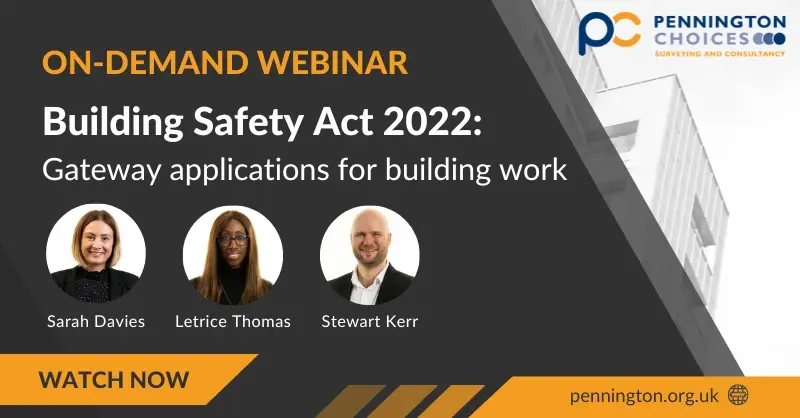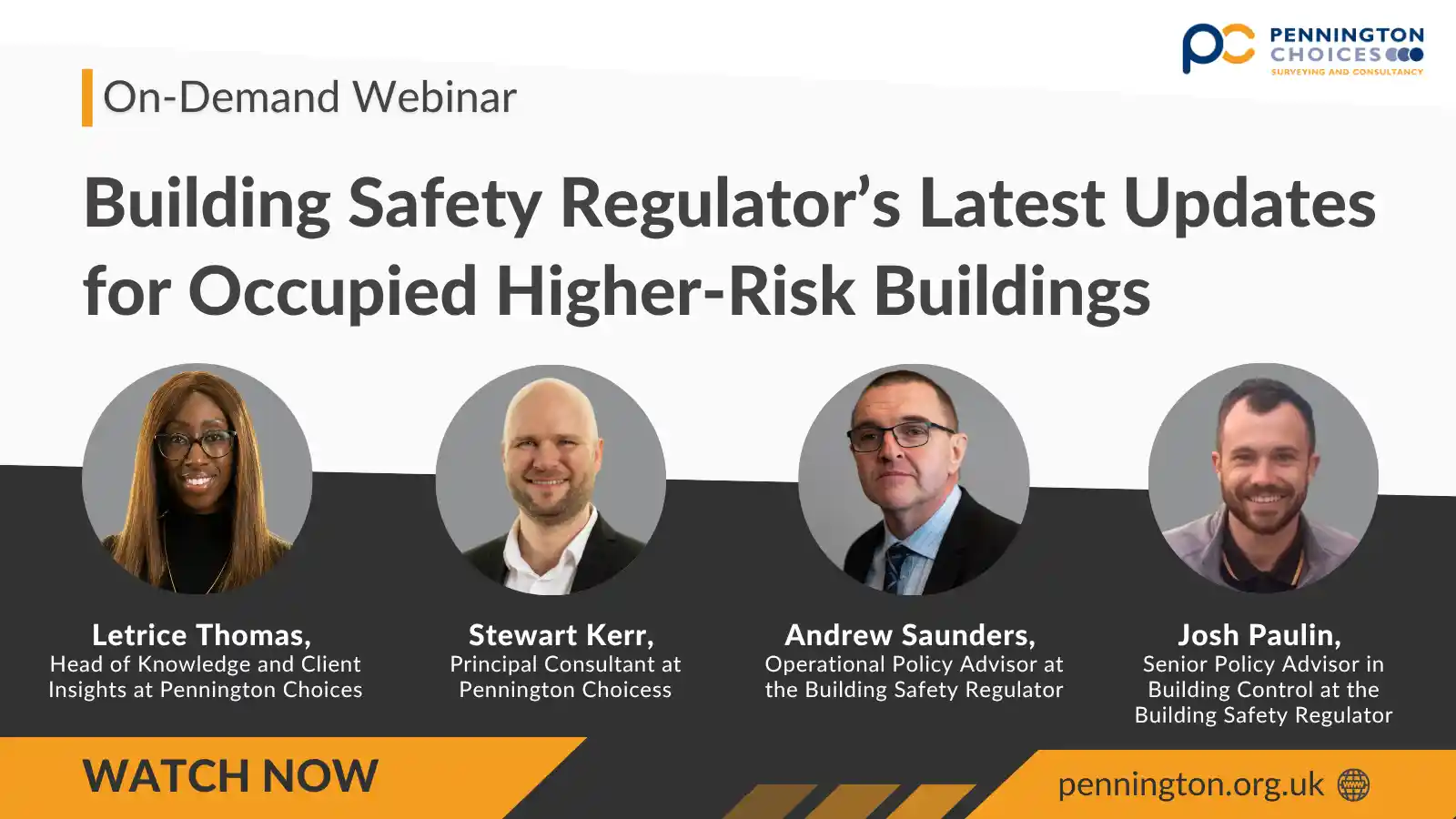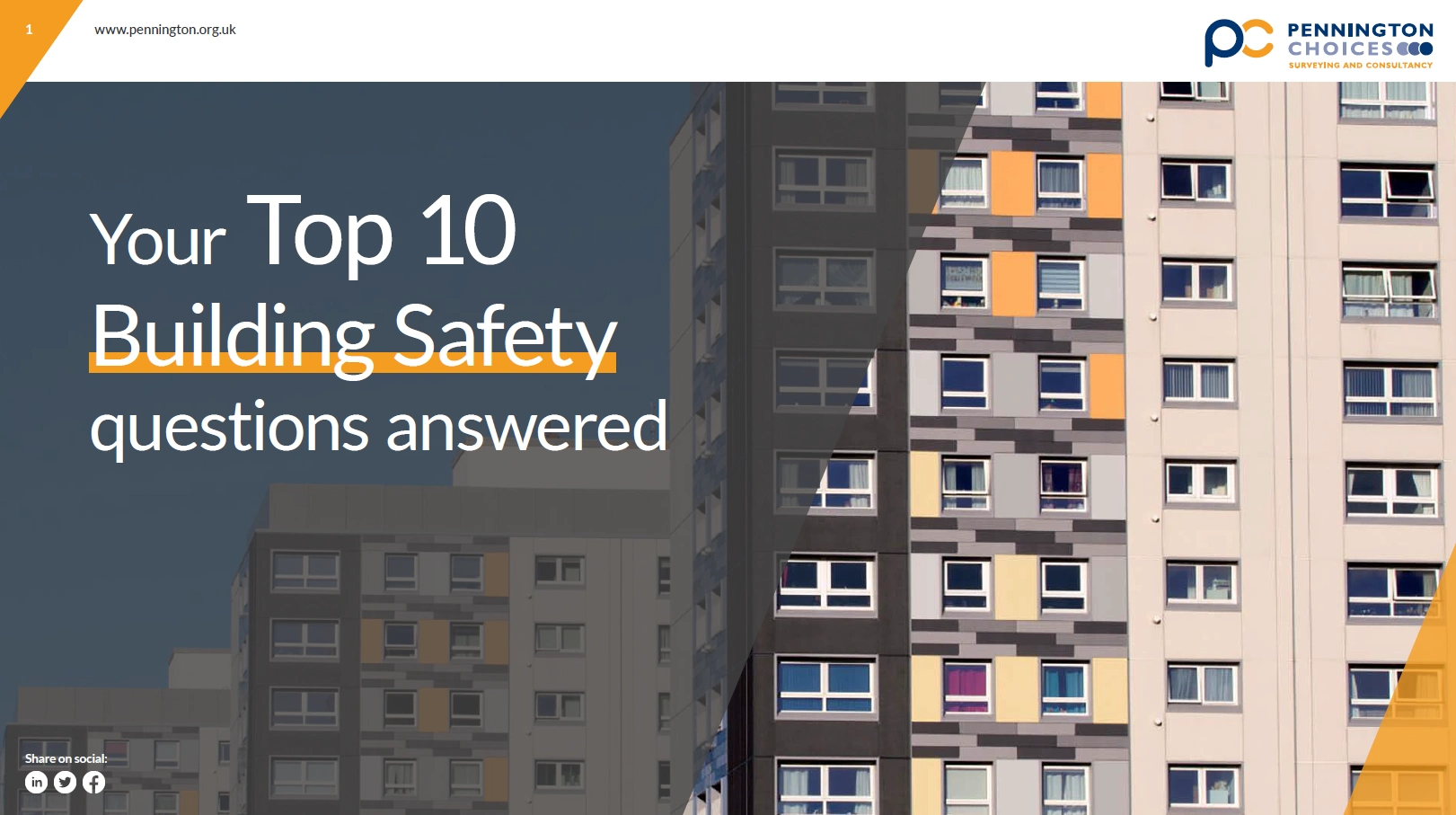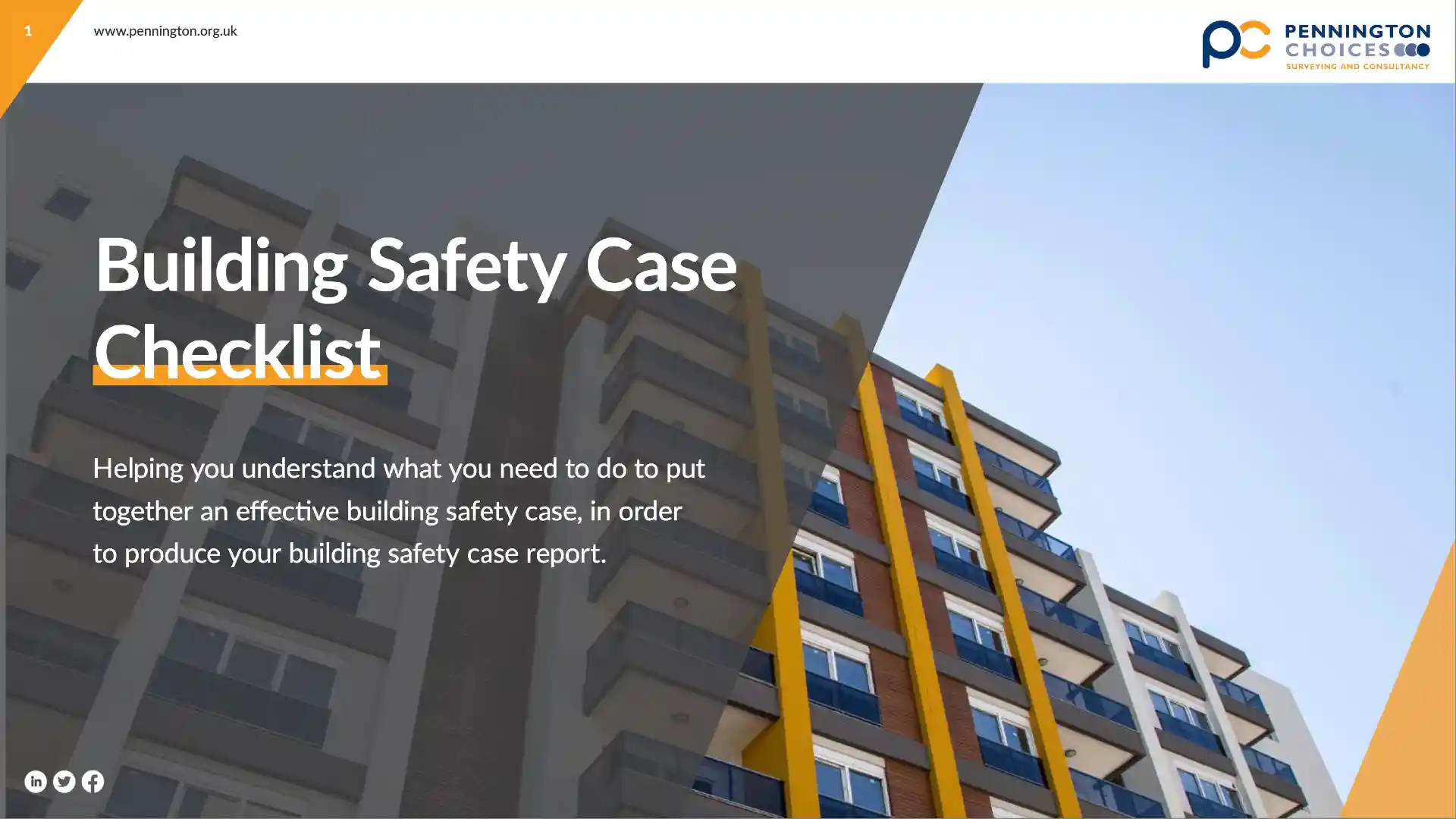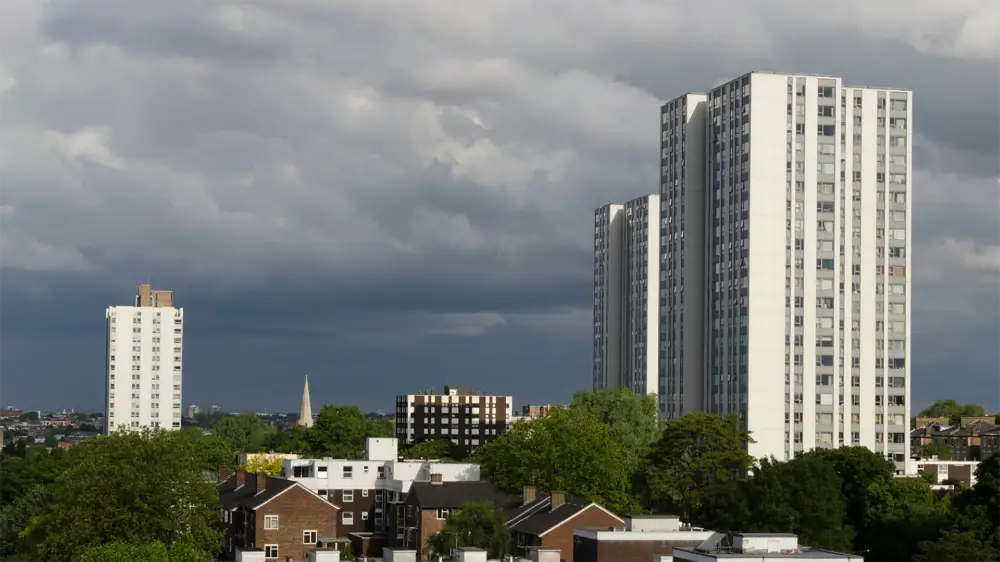The final stages of the Building Safety Act 2022 were implemented in October 2023, bringing about the biggest improvements to building safety in nearly 40 years. Our exclusive survey with Inside Housing found that many social landlords experience difficulties complying with the recent changes to building safety legislation, with risk assessments proving the most challenging area of compliance.
Ensuring your approach is up to date, and you understand the new requirements of the Building Safety Act will be challenging. The good news? You’re not alone. Working closely with you, we can help guide you though all the legislative changes that are relevant to you, whilst sharing best practices and lessons learnt from working with organisations to update their approaches to remain compliant with the new legislation.
Get in touch today so one of our experts can talk you through the current building safety legislation.






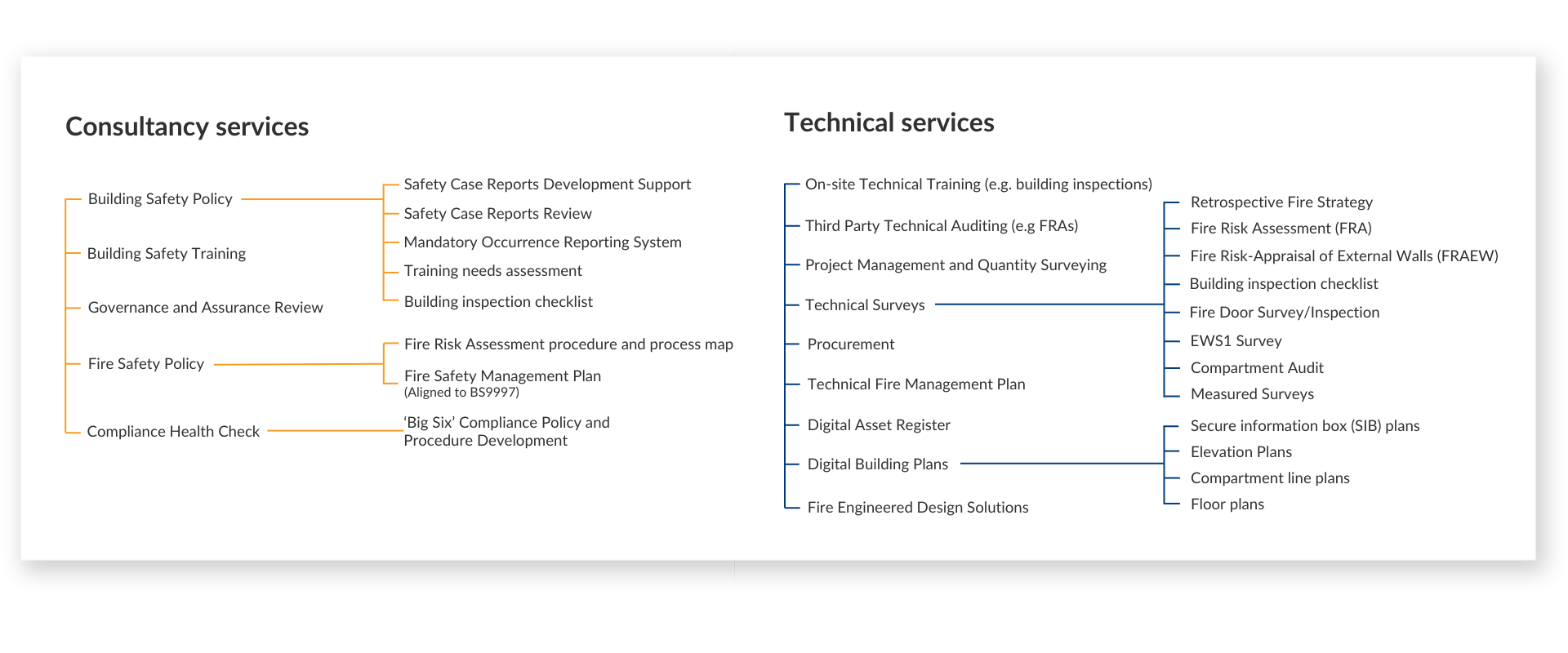

.webp)
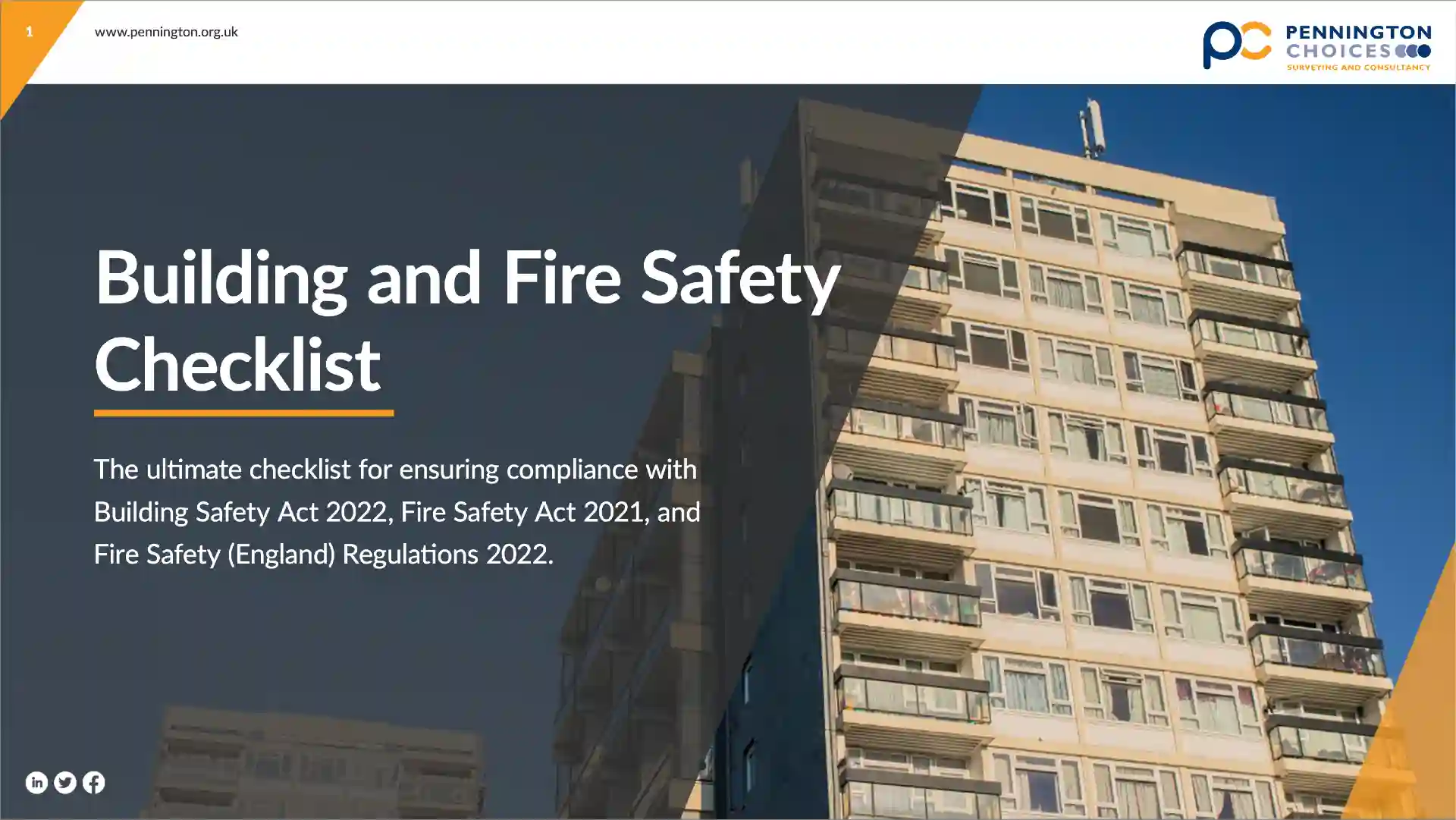
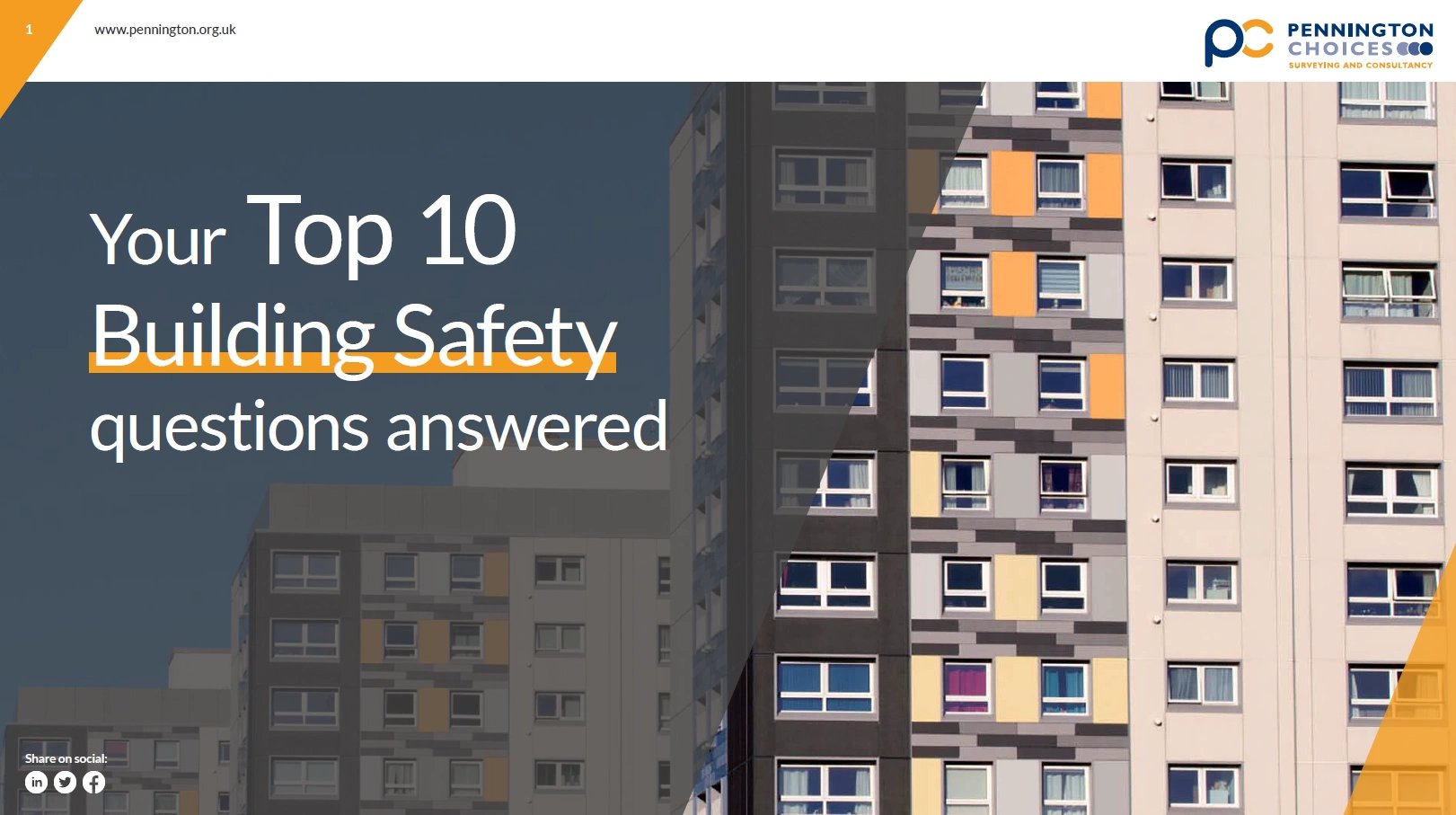
.webp?width=960&height=623&name=ezgif.com-gif-maker%20(16).webp)





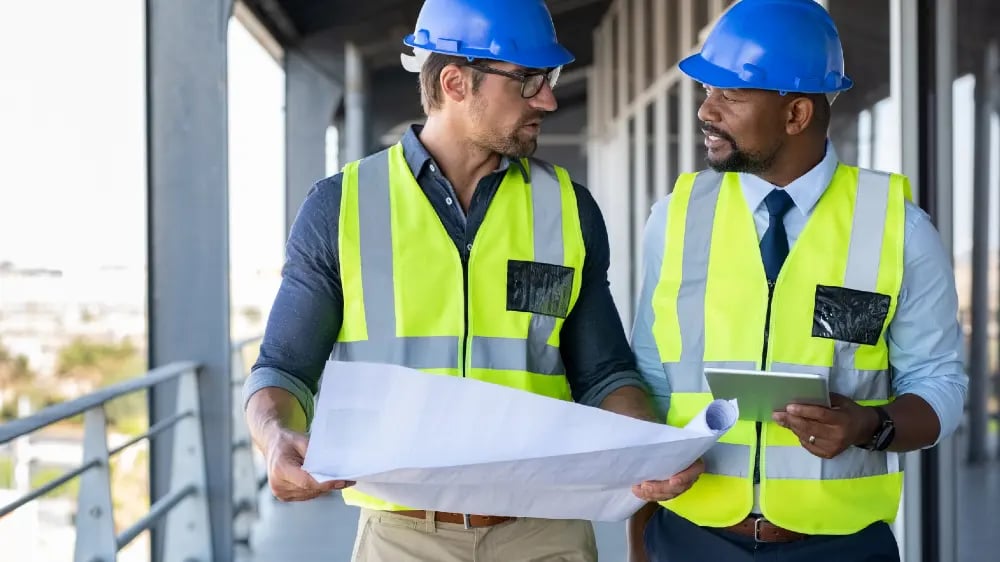









.webp?width=1920&height=1079&name=ezgif.com-gif-maker%20(36).webp)











